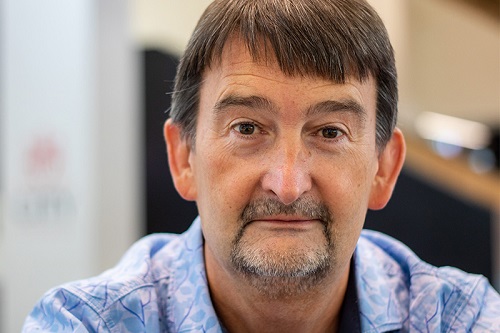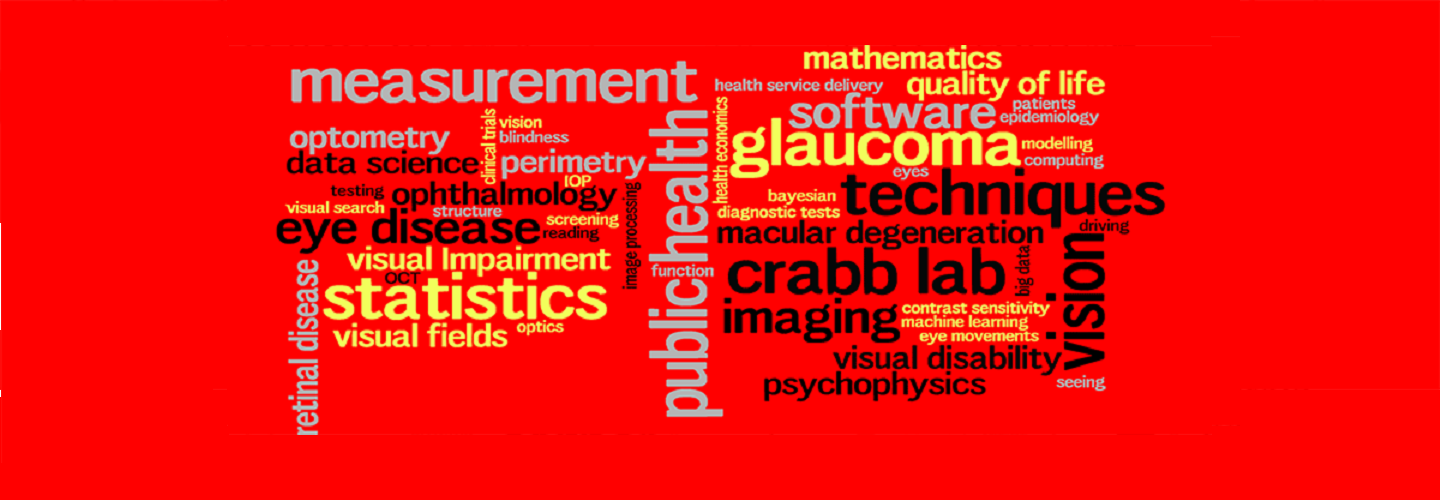Study uses AI on thousands of images of the back of the eye to predict the visual function of glaucoma patients, suggesting this could play a role in the clinics of the future.
By Mr Shamim Quadir (Senior Communications Officer), Published
Research from a team including the Crabb Lab at City, University of London has used 'deep learning' (DL), which is a type of artificial intelligence (AI), on thousands of images of the backs of the eyes of glaucoma patients to predict how much their vision has been affected by the disease.
The study mobilised and curated large volumes of data from more than 24,000 patients from three NHS clinics in England to achieve this. The findings of the study suggest that the AI method could play a role in tracking how glaucoma progresses in patients in the clinic, and could also be used to optimise research trials investigating glaucoma.
Glaucoma - a group of eye diseases which cause progressive damage to the optic nerve – affects around 2% of people over 40 and almost 10% of those over 75, leading to more than a million hospital visits every year. Once somebody loses sight through glaucoma it cannot be restored, so early detection and appropriate management is crucial.
Deep learning is a type of ‘machine learning’ and AI that mimics the way humans obtain certain types of knowledge. In this study, deep learning models were applied independently to large volumes of two types of imaging taken from eyes of glaucoma patients. The aim was to ascertain whether the models could be used to predict what areas of vision a patient could see (visual field).
The first type of imaging is known as optical coherence tomography (OCT), which uses low coherence (less likely to reflect) light to obtain high resolution cross-sectional images of the retina, the light sensitive area of the back of the eye upon which an image is formed by the eye. The layers within the retina can be differentiated and retinal thickness can be measured to assist in the early detection and diagnosis of disease.
The second type of imaging is called infrared reflectance (IR), and uses infrared light to illuminate the retina, which in this case was used to image the optic disc, which is where the optic nerve of the eye exits the retina and travels to the brain.
A unique aspect of the research is that the deep learning method learnt how to predict the patient visual field by looking at the imaging without any labelling of the features within them by any experts or doctors.
The study found that each deep learning model could exploit patterns in the respective volumes of each type of imaging, and held useful predictive value of what a particular patient’s visual field would be, solely from the image from their eye. However, the study further found that performing a deep learning process across both types of imaging, the OCT and IR, provided even better accuracy in predicting patient visual fields.
Whilst the deep learning predictions are not clinically significant at this stage, they are promising enough for the study authors to explore whether this is achievable in the next phase of their research. If so, such a technique could be directed to patients in clinics, where decisions need to be made about intensifying treatments because their glaucoma might be getting worse.
The ability to use the images of the back of the eye to predict visual function could also be particularly useful in the context of designing trials for new treatments for glaucoma. For example, it could mean that results from these trials could be more accurate and in turn this could potentially speed up the delivery of new treatments.

David Crabb, Professor of Statistics and Vision Research and lead of the Crabb Lab at City, University of London
Reflecting on the study, completed in collaboration with the University of Washington, David Crabb, Professor of Statistics and Vision Research and lead of the Crabb Lab at City, University of London said:
The study is available online, and will be published (in press) in the journal Ophthalmology.
Find out more
Read the article, 'Policy-Driven, Multimodal Deep Learning for Predicting Visual Fields from the Optic Disc and OCT Imaging' online, (in press) to be published in the journal Ophthalmology.
Visit the Crabb Lab at City, University of London
Visit the School of Health & Psychological Sciences, City, University of London
